“The Work We Do” is an interview series that asks creatives with daydream-worthy jobs how they got where they are—and what it’s like to live a day in their shoes. This week, Brooklyn-based artist and textile designer Rebecca Atwood shares her story.
As someone who managed to translate her interests (and considerable talents!) into a successful business, Rebecca is exactly the sort of entrepreneur I am eager to hear from.
Rebecca, we’re such big fans of your work. Where did your journey as an artist and textile designer begin? Did you study textiles in school?
I majored in painting at RISD. My parents were always really wonderful about encouraging me to do whatever it was that I wanted to do, and when I told my dad I’d chosen to study painting, he said, I’m so glad. It was the opposite reaction than what most parents would have—he said, you’re going to have to work hard no matter what you do, so you may as well love it.
I ended up taking a few courses in textiles and was just fascinated. I decided I’d try to get a job doing that because it seemed like the closest thing to painting that I could get paid to do.
What happened when you graduated? Did you find a job right away?
Out of college, I got a job at Anthropologie. I worked there for a few years. That was great training—I designed everything from dish towels to measuring cups to bowls to bedding. I learned how different products are made, what you need to do to manufacture overseas, how to put together a brief so that factories understand what you want. That’s how I got my start in home.
How did you end up in New York? And when did you start designing your own line?
My husband was going to law school here, so we moved to New York then. I ended up working for a consulting company, developing private label programs for retailers. I traveled a lot to India and Europe for production; we worked in China. It was wonderful in the sense that I got lots of hands-on experience in managing production and relationships with clients. But after a while, I started to feel a little bit stuck. Going to the factories and seeing how agents were working with the retailers, I felt a little frustrated with the politics of factory work. I wanted to make product that was about responsible production. I decided to leave my job, start consulting on my own, and start a line of textiles in the meantime.
What was the experience of launching your first collection like?
At first, I decided I’d make 60 pillows, and that I’d hand-paint and hand-dye everything. I wanted 60 that I really loved and would want to have in my own home. I launched in March, and sold out in two to three months. So I started to think, how am I going to scale this?
And now, quite some time later, what’s a day-in-the-life of Rebecca Atwood like?
It depends on where we’re at within a season. Generally, I’m more productive in the mornings, so I try to reserve bigger tasks, like dyeing fabrics or designing a collection, for earlier in the day. I try to do email catch-ups and smaller tasks that require less creativity in the afternoon. That’s generally how I structure my day. But owning a small business, you’re responsible for doing it all—so there really are no typical days.
What have you found especially challenging about that—about owning your own business and doing it all?
The most challenging part of my job is managing the financial side of the business. I’d never done bookkeeping, and it’s a lot more to manage than your monthly personal finances. Figuring out how much of something we’re going to print or how much we can afford to sell at once—all of that has definitely become the most challenging aspect of my work. There are days when I enjoy it, but there are others when I just can’t seem figure out what I need to do. I have good support, though—thank God for that.
On the flip side, what do you love the most?
Two different things: one is the initial concept work—designing patterns, coming up with color palettes, dyeing, sampling, working that all through.
On the other side of it, I love when everything comes together on the days that I do photo shoots. At that point, we’ve printed the fabrics, sewn everything, stuffed the pillows. It’s a chance for me to see the work come to life. We often shoot in real apartments, which is something I find really inspiring. You really get to think about how someone might be living with your product.
What advice would you give someone hoping to become a textile designer?
I get a lot of questions from people right out of school who want to know how I did it—and there’s no real secret. It’s a lot of hard work, but I think that one of the major reasons I’ve been able to do what I do is that I worked other places first. If I hadn’t had those experiences, the number of mistakes I would have made on my own would have put me out of business. You’re going to make mistakes no matter what, but the fact that I’d worked other places enabled me to do things like pick up freelance work when I needed to. I also had a network of people I could go to with questions, who have become valuable advisors along the way.
You mention on your website that your work is very much inspired by your background and by your life in Brooklyn. What else inspires you, and what keeps you going creatively?
Really, it’s just life. When I’m designing products for the home, I think, what would I want to use? Also, I’m from Cape Cod, and there are many things about growing up there that have shaped my aesthetic: the color palette, items that I found on the beach. On the other hand, sometimes I just get in the studio and start playing around with ideas—having that practice of making time to just create is really important. If I didn’t have that, I don’t know how I’d do what I do.
Lastly, what are you working on now that you’re particularly excited about?
Right now, I’m working on Spring 2015. I’m also doing a candle collaboration that I’m really excited about, with a local candle maker, Riles and Co.. They do hand-poured, soy-based candles made with essential oils. We came up with a scent together—it’s cedar wood and lavender—and each one will come in a brown amber apothecary jar with a bag that I’m dyeing. I love doing projects like that on the side—collaborating with other designers, artists, and makers. It’s always inspiring.
Thanks so much, Rebecca! I love your father’s advice: “you’re going to have to work hard no matter what you do, so you may as well love it.” That’s such a generous perspective, and it’s actually valuable to remember that about everyone (and every job). We’re all working hard.
Visit Rebecca Atwood Designs for more information. Portrait photos by Nicole Franzen; product and mood shots by Emily Johnston.
Thank you to Shoko Wanger for her help with this series! Read more about the inspiration behind it, and see all the previous entries in The Work We Do.


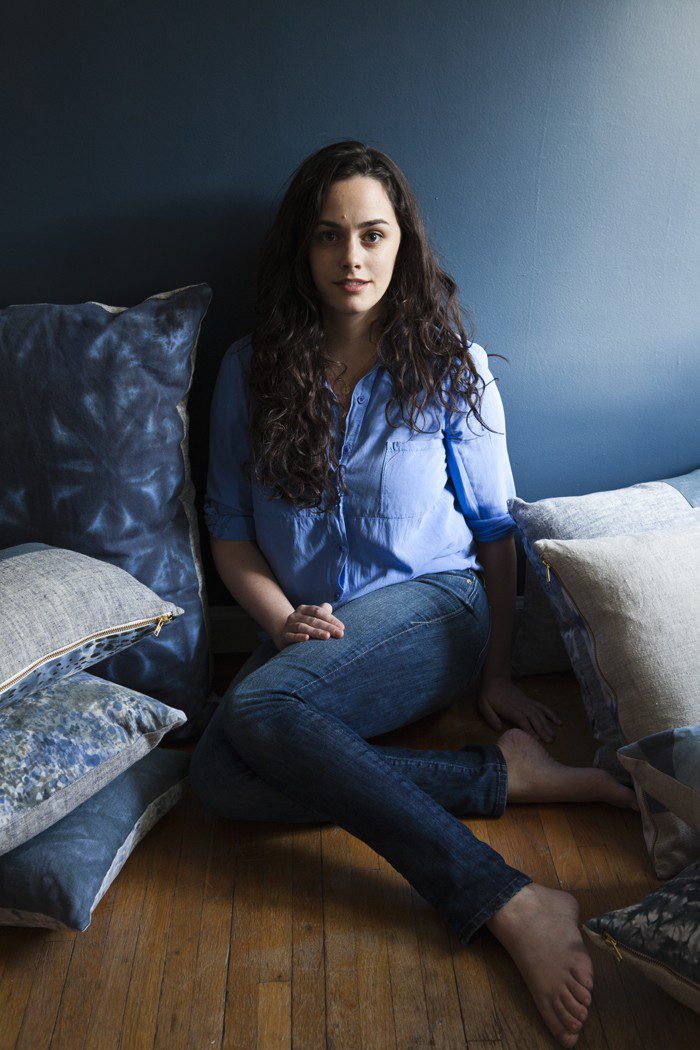
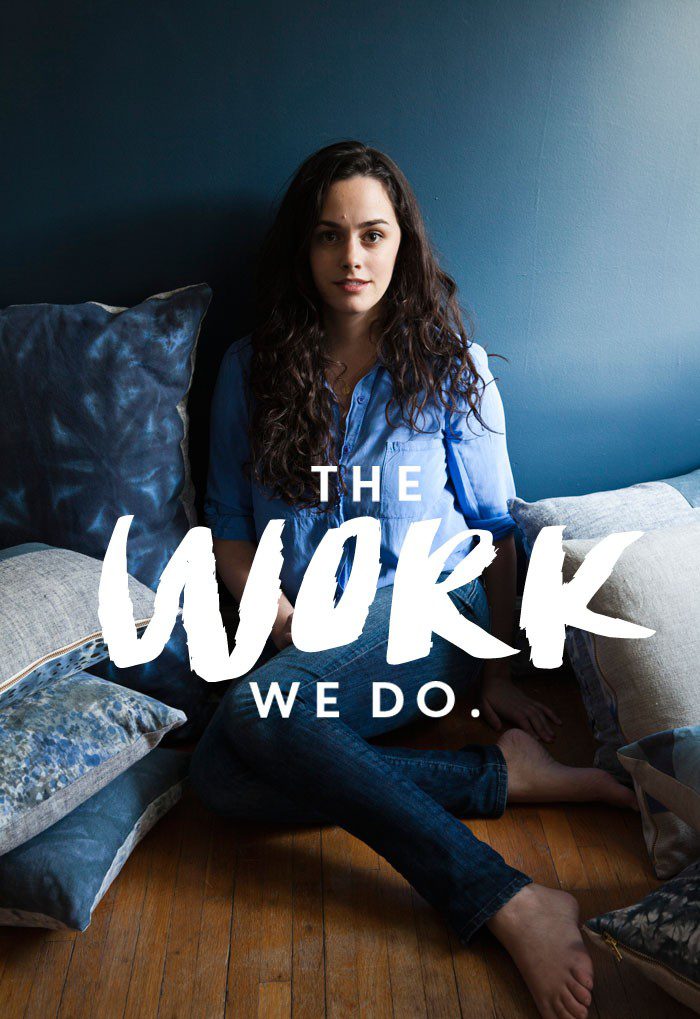
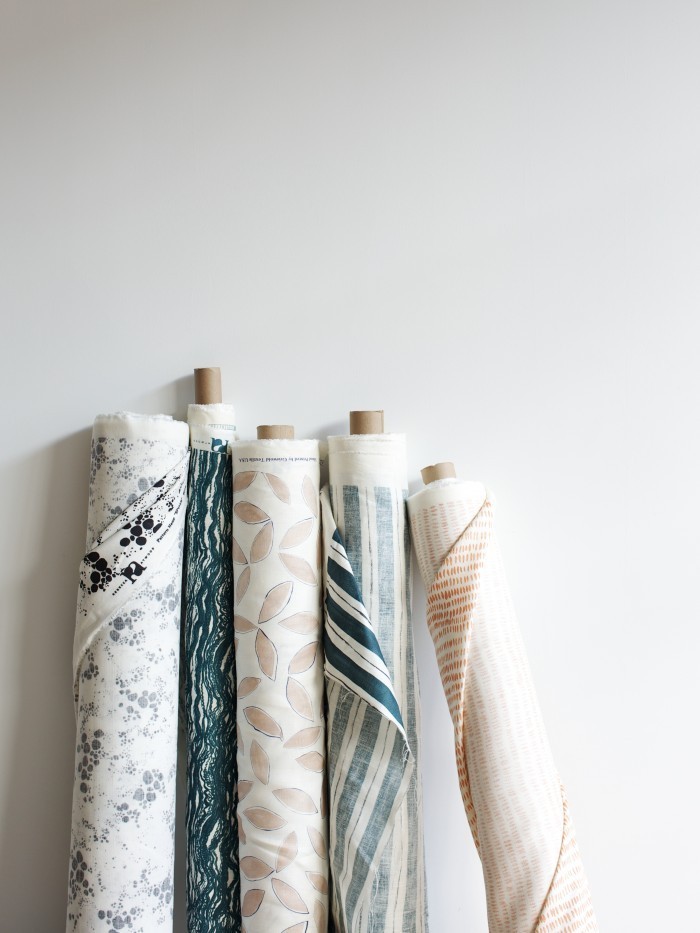
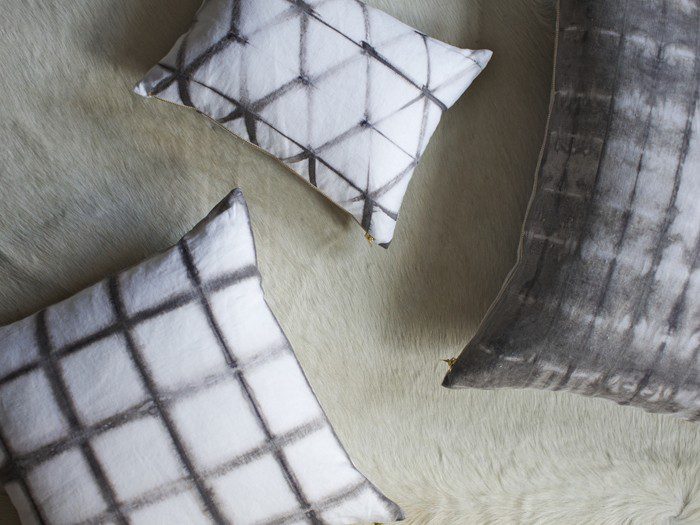
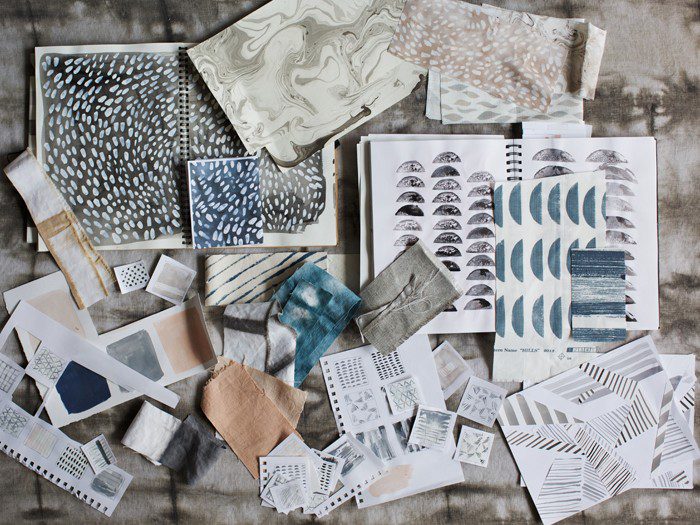
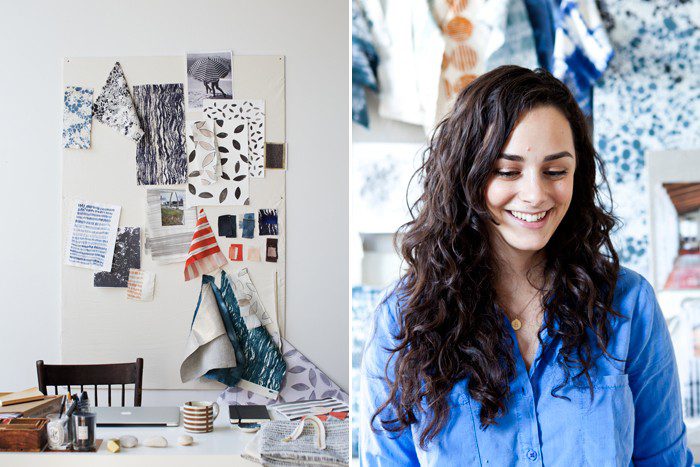
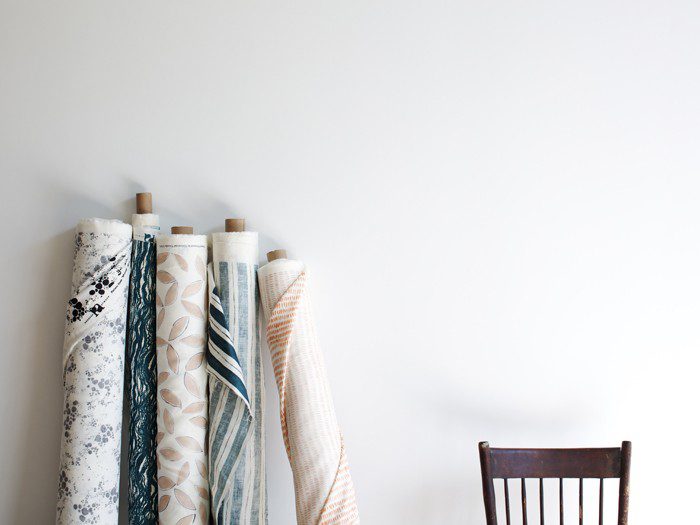
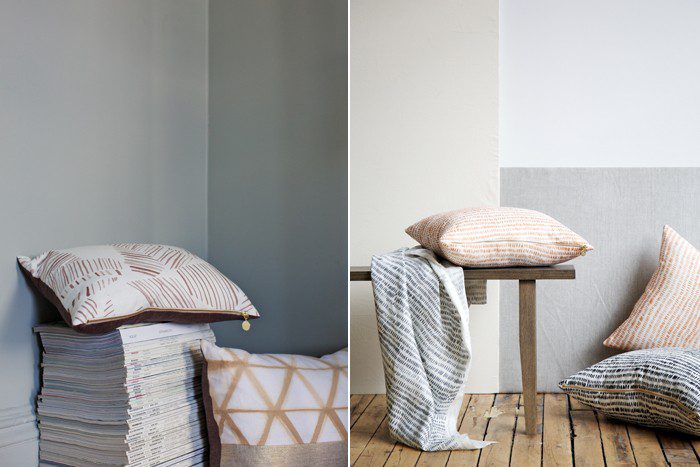
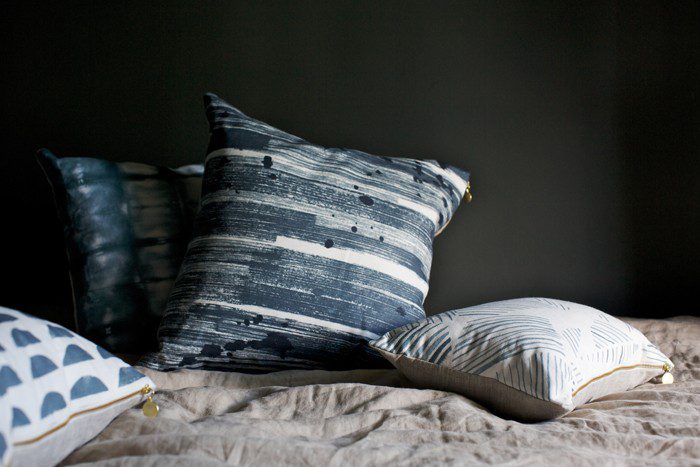
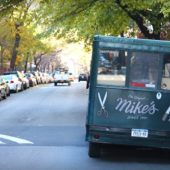
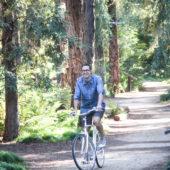


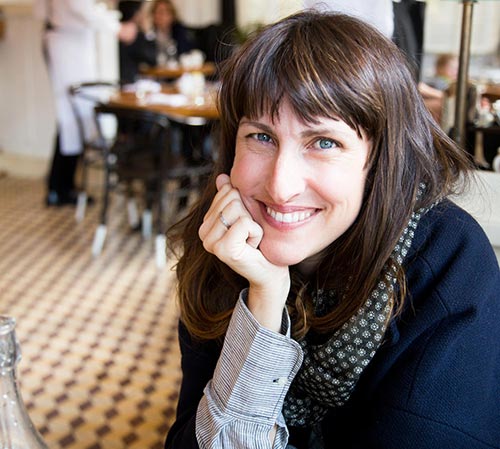

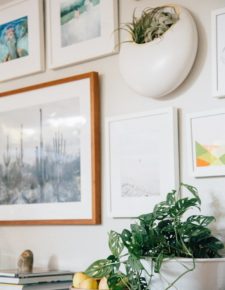
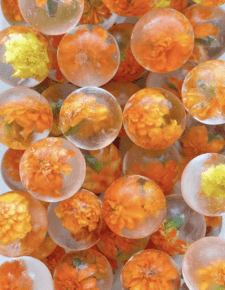
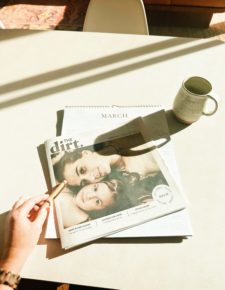
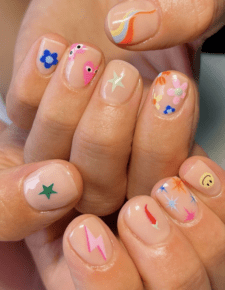
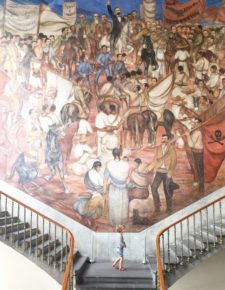
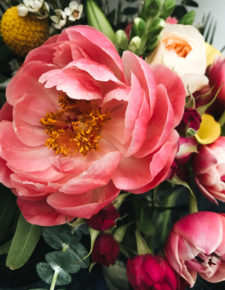



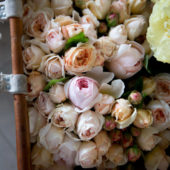
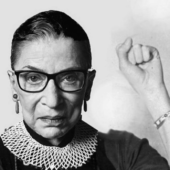
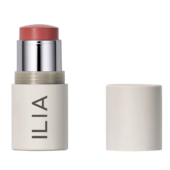
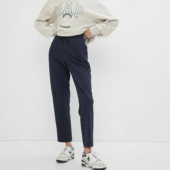
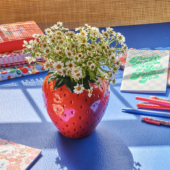
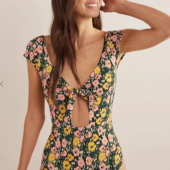

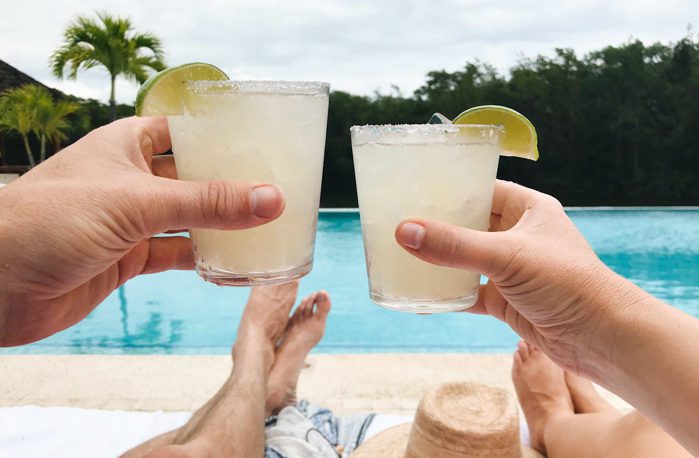


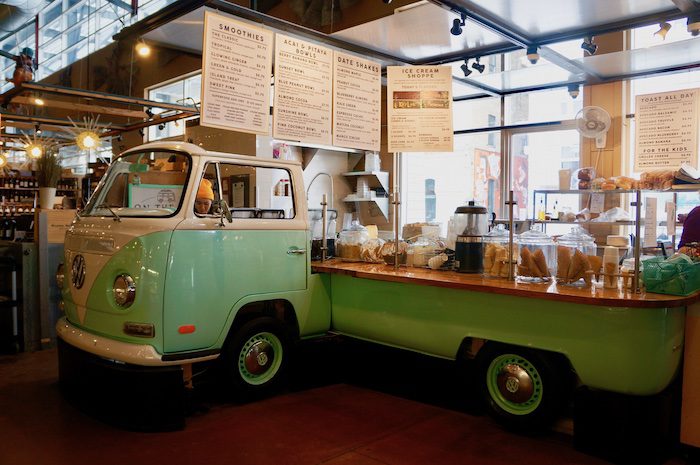

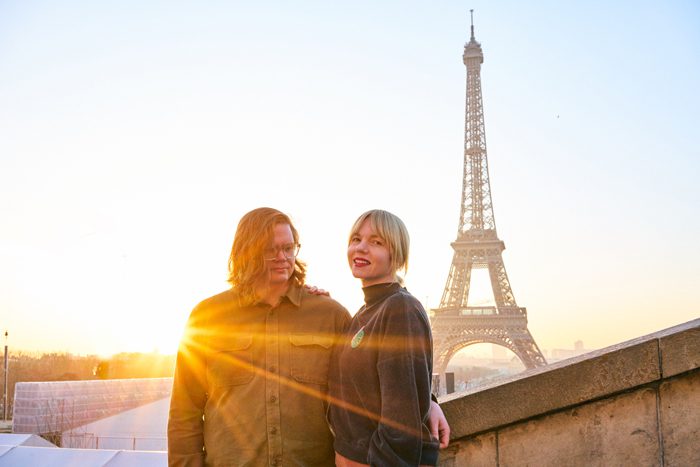
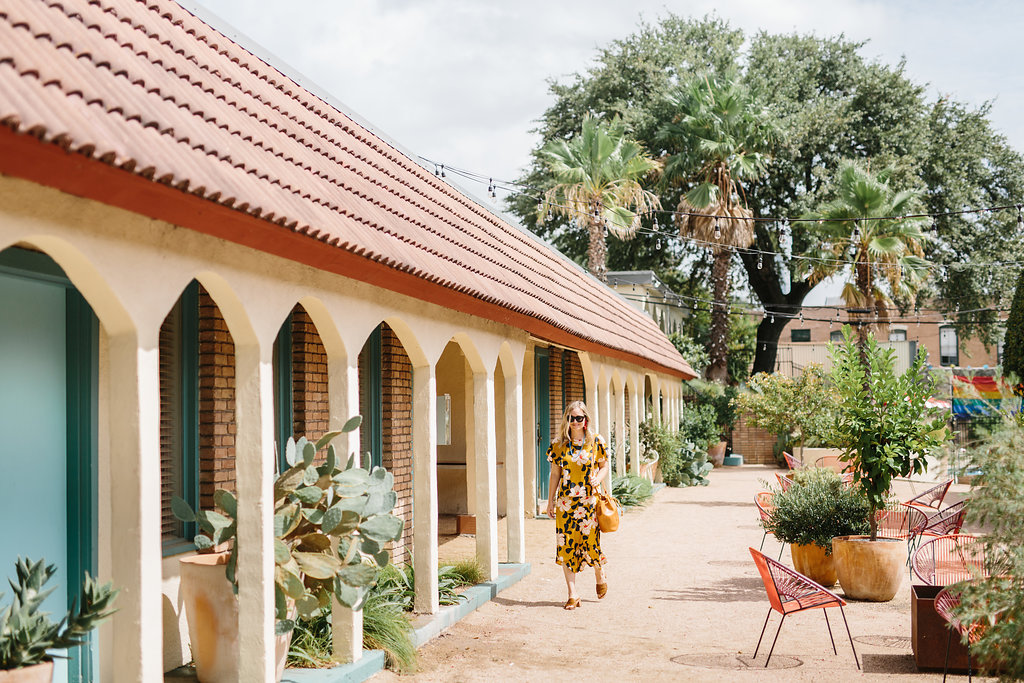
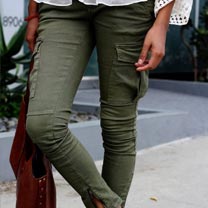
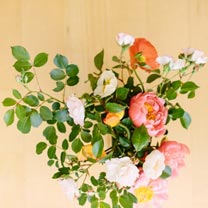
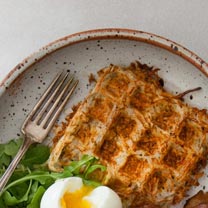
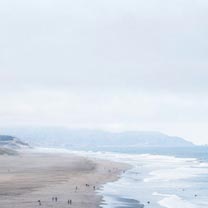
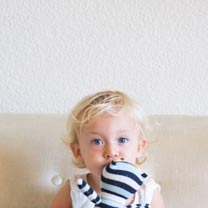

8 Comments